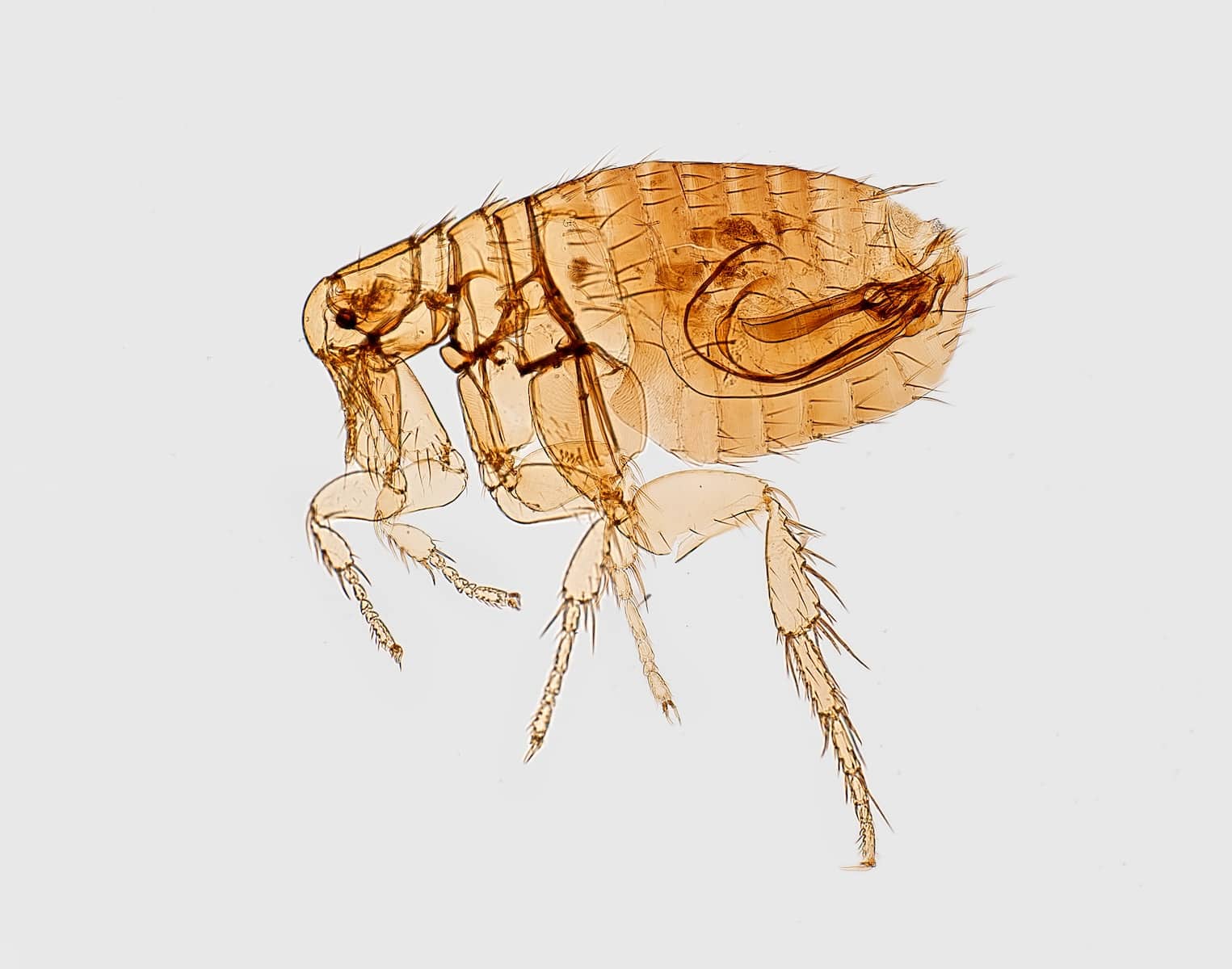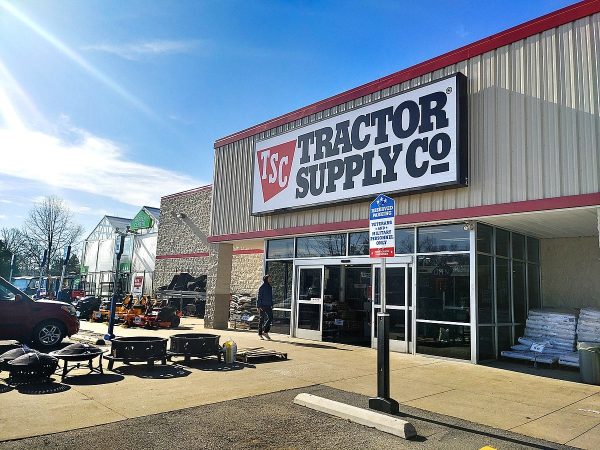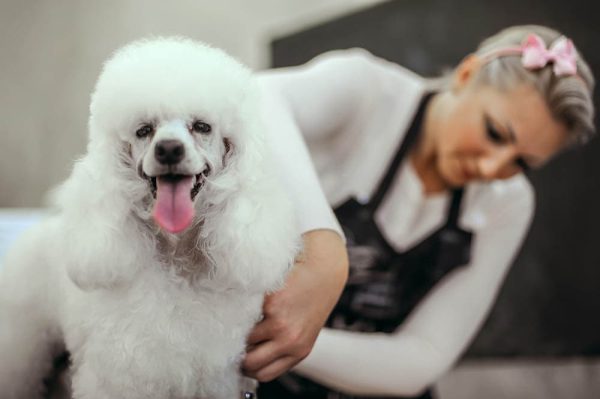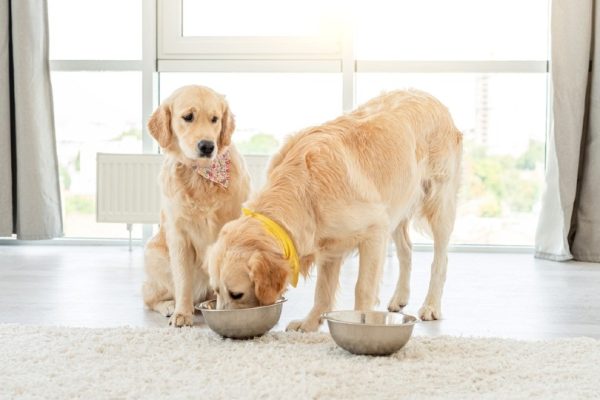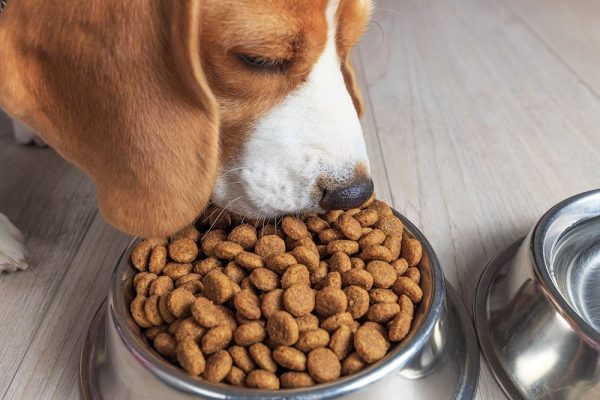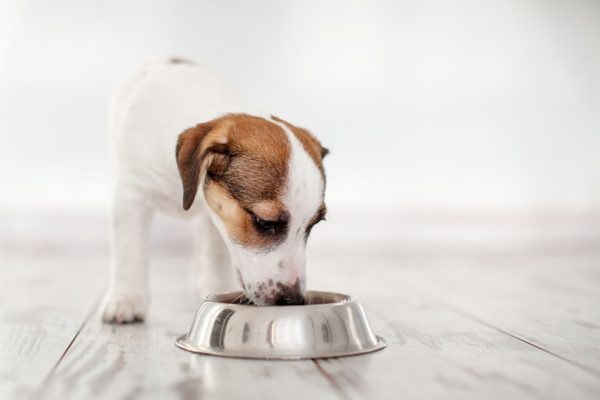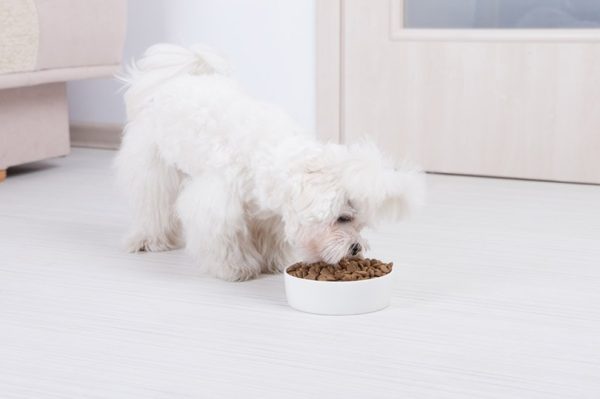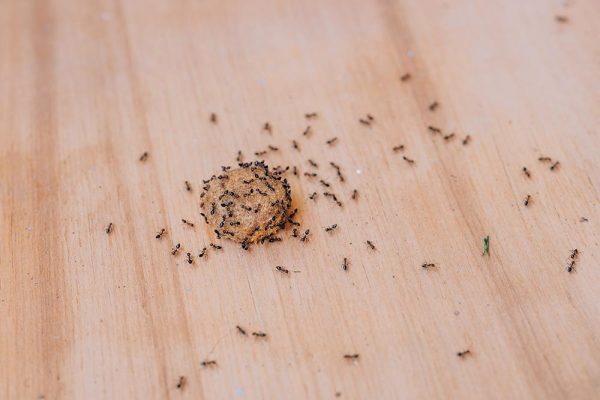In this article
View 2 More +Fleas are a scourge for pets and their owners, and sadly, 33% of pet owners say they don’t apply or give their animal companions flea medication regularly.1 Fleas are carriers of many serious health conditions, including tapeworms and the plague. Some are zoonotic or transmissible to humans. Therefore, prevention is imperative for the health of your pet and your family. But what are the best ways to prevent fleas in the first place? Let’s get into some of the most effective methods.

The 15 Methods for Preventing Fleas on Dogs
1. Use a Preventative Year-Round
Many pet owners give their dogs flea and tick prevention but only during the warmer months of the year. The fact remains that fleas can live in temperatures as low as 46°F, but it can take 5 days of below-freezing temperatures for adult fleas to die.2 That means they can survive year-round under the right circumstances, making 365-day protection imperative.

2. Groom Your Dog Regularly
Grooming your dog regularly is an excellent way to catch problems early. Using a pet-friendly shampoo, you may notice the flea dirt lifting from your pet’s coat, as well as other telltale signs, such as constant scratching or biting at their skin, redness, or hair loss. Grooming helps you spot the signs of fleas early, thus solving the issue a lot quicker.
Our Favorite Products Bathing your dog may be challenging, but selecting the right shampoo can help make the process a bit easier. Our favorite products come from Hepper's Shampoo product line, offering natural, pet-friendly solutions meticulously designed to gently cleanse your dog's skin and coat without any risk of irritating or drying them out. These formulas are free of harmful additives such as dyes, soaps, sulfates, and phthalates. The Deep Cleansing Shampoo is a great option for pet owners who have difficulty neutralizing tough doggy odors. Hepper's Oatmeal Pet Shampoo is a great way to treat your pet to aloe vera and oatmeal's calming benefits while you revel in the delightful and refreshing scents! At Dogster, we’ve admired Hepper for many years and decided to take a controlling ownership interest so that we could benefit from the outstanding designs of this cool pet company!
Rating
Image
Product
Details
For Sensitive Pups
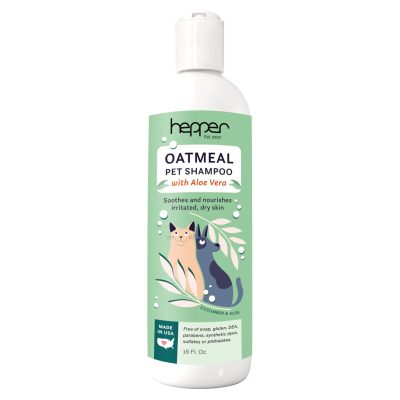
Hepper Colloidal Oatmeal Pet Shampoo
Check Price
For Smelly Pups

Hepper Deep Clean Shampoo
Check Price
3. Buy a Flea Comb
With its fine-toothed design, a flea comb is a wise investment because it can remove the flea eggs and adults from your pet. These pests are often hard to see in the fur of some pets, as their camouflage keeps them hidden from view. A flea comb can make short work of the job as part of your pup’s grooming routine. Again, the earlier you detect them, the sooner you can get your pet treated.
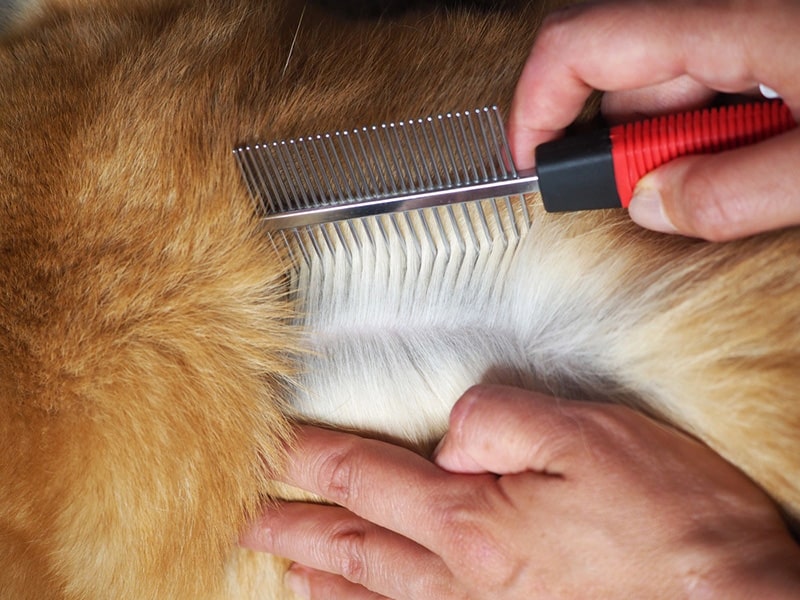
4. Learn to Recognize the Signs of an Infestation
We already mentioned some signs of a flea infestation, and it’s essential to act quickly if you notice any of these red flags. Things can go downhill rapidly, with females laying up to 50 eggs daily. If your dog is allergic, their scratching can leave them vulnerable to secondary bacterial infections. So, the more knowledge you have on these pests, the quicker you can spot a problem and get your pet the help they need.
5. Use a Preventative in Your Yard
Yes, fleas can live in your backyard. Your pet can also get infested even if they don’t leave the yard. This is because you can’t control the wildlife and other animals walking through your yard, thus potentially depositing fleas on their travels. Therefore, you should keep your lawn mowed and shrubs trimmed. However, you can also apply a pet-safe yard flea treatment.
Many common mammals are hosts to fleas, including the red fox, Virginia opossum, and raccoons. The chances are they’re regularly visiting your backyard, so implementing any preventative measures you can take is necessary.
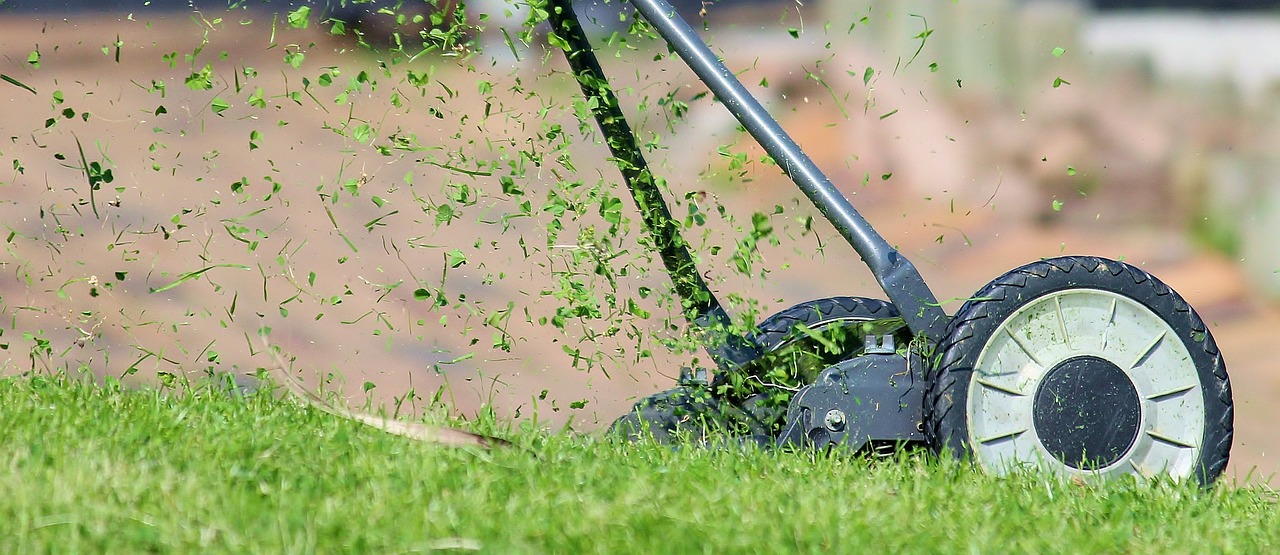
6. Avoid Allowing Your Dog to Run in Tall Grass
Thick vegetation in a shady location is a magnet for fleas and ticks. We recommend avoiding these areas to lessen your pet’s risk of exposure, especially if your pet isn’t on a preventative. It’s best if you stay out of them, too, as you can also pick up some unwanted hitchhikers. Additionally, you should always check your dog for pests after playtime outside is done.
7. Treat All the Pets in Your Home
It’s a fair assumption that if one pet has fleas, all of them are infested, or soon will be. Fleas aren’t overly particular about their hosts. That advice also applies to prevention. Treating your dog without treating your cat does little good. It may seem expensive, but trust us, the work involved in getting your home pest-free is costlier than a simple monthly preventative.
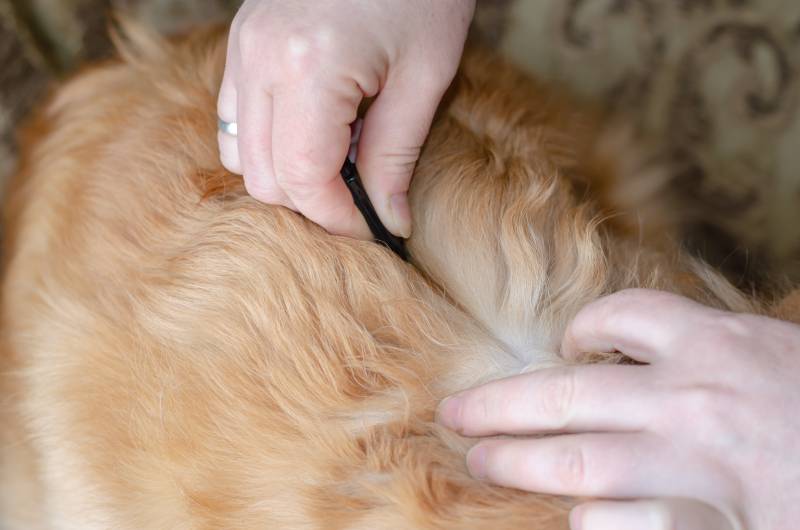
8. Remove Reservoirs of Standing Water
Fleas and all organisms need three things to survive: food, water, and shelter. An excess of water is an invitation to fleas and mosquitoes. It can also harbor internal parasites, such as Giardia, if it’s stagnant.
9. Treat Swimming Pools or Fountains
You should treat other water sources with the appropriate pet-safe chemicals to help control fleas and other pests. You can also cover them during the off-season after draining them to avoid places with stagnant water. If you have a pool, make sure the cover is tight to prevent pockets of standing water. The measures you take will also help prevent other pests, like mosquitoes.
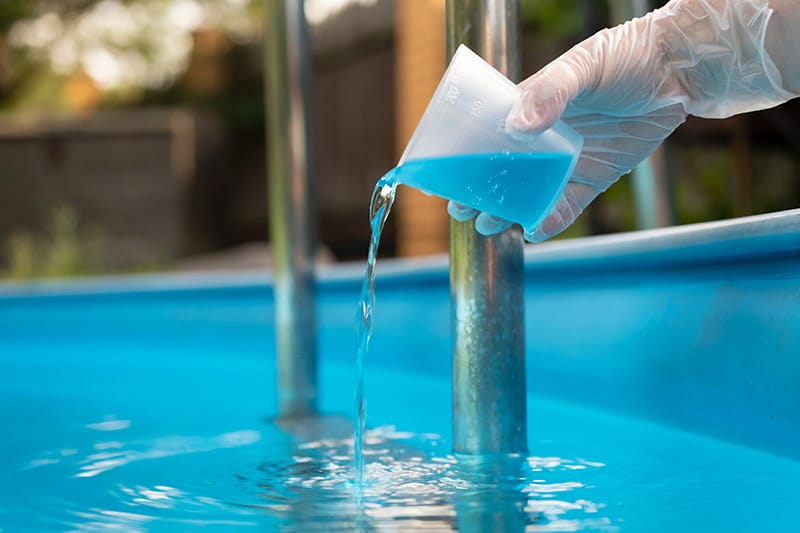
10. Treat Indoor and Outdoor Plants
Your houseplants and landscaping can also harbor fleas. They prefer shady, moist habitats, which plants may provide. Therefore, you should treat them, too, if possible. Make sure to follow the product’s directions to the letter. You may have to reapply it on outdoor plants after rain, but pay attention to any caution about contact with pets.
11. Evaluate “Natural” Products Skeptically
You must view so-called “natural products” skeptically. We’ve seen products purporting to use garlic or essential oils to repel fleas, even though these products may be toxic to pets. Instead, we recommend using products with a track record of efficacy and safety. Ask your veterinarian for the best recommendations.
If you need to speak with a vet but can't get to one, head over to PangoVet. It's an online service where you can talk to a vet online and get the personalized advice you need for your pet — all at an affordable price!
12. Wash Your Dog’s Bedding Regularly
You should wash your pup’s bedding regularly in the hottest water the material can handle. Flea eggs are remarkably hardy and able to live in inhospitable conditions. However, washing will at least get them off the bedding and kill the more vulnerable life stages of the insects.
13. Vacuum Your Home Regularly
The same advice applies to your carpeting and floors. Insects falling off your pet can live on whatever surface they land for a time. They can persist between the cracks of your hardwood floor or the hard-to-reach corners of your carpeting. It’s essential to avoid giving this pest a foothold in your home to prevent dealing with an infestation. Also, make sure to empty your vacuum outside!
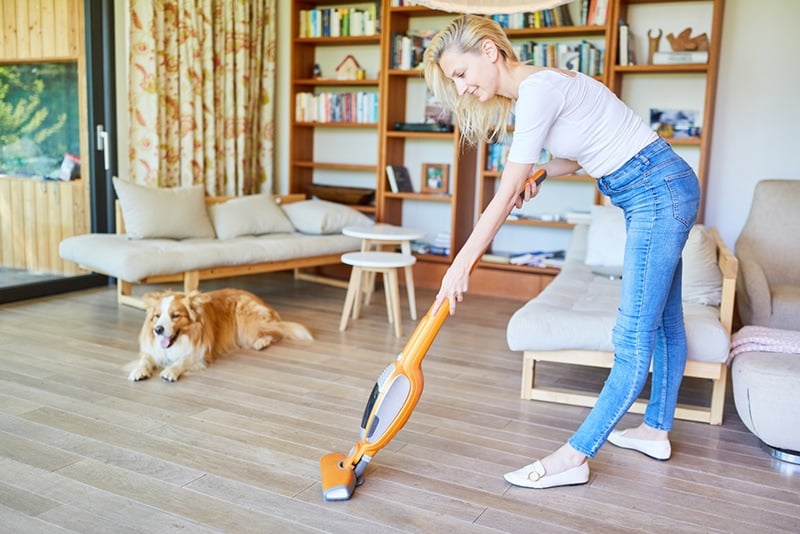
14. Examine Your Dog’s Coat Frequently
We recommend examining your pet’s coat frequently in addition to grooming. As mentioned earlier, the sooner you catch a problem, the easier it is to control. Check behind your pup’s ears, around their neck, and at the base of their tail looking for any fleas, flea dirt, or skin irritation.
If you are looking for the perfect product to clean your dog's sensitive areas, Hepper's Wash Wipes are our recommendation, plus it's a great on-the-go option. These premium wipes are thick and durable enough for the toughest of paw messes, while still being soft enough to use on your dog's ears or eyes. Formulated with pet-friendly, hypoallergenic ingredients they are the ideal product for all dogs of all ages, skin conditions, or sensitivities.
At Dogster, we’ve admired Hepper for many years and decided to take a controlling ownership interest so that we could benefit from the outstanding designs of this cool pet company!
15. Give Your Dog Heartworm Preventive Year-Round
Your vet probably has recommended you give your dog heartworm prevention. You should consider giving it to your pup year-round. These medications can treat other internal parasites, such as roundworms. Other products, such as Iverhart Max and Interceptor Plus, can also work against tapeworms, which fleas can carry.
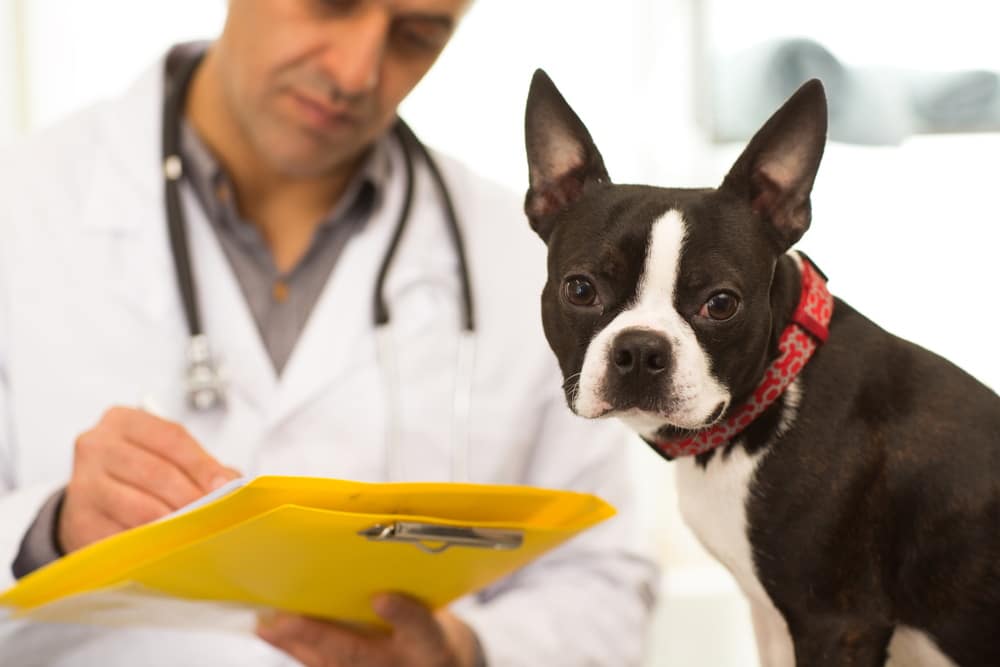

What to Do if Your Dog Gets Fleas
Of course, prevention is the best plan. However, life happens, as do fleas. We won’t mince words—it’s an ordeal to get rid of these pests.
Regarding your dog, it’s best to take them to the vet as soon as you notice signs of fleas. The vet will be able to get them on a treatment plan. However, that’s not where the work stops. You must also ensure the environment they live in is free from fleas as well.
Basically, ridding your home and yard of fleas involves a lot of cleaning of bedding, furniture, clothing, rugs, etc. Even then, you’ll have to repeat the deep-cleaning process to continue to remove any eggs. While there are products, like foggers, on the market to help with this, it’s best to contact a pest control company for the most effective and safe solutions.

Conclusion
Fleas are more than annoying, and they can cause serious health problems for your dog and your family. Prevention is the easiest way to avoid an infestation. The foundation for your plan of attack is year-round flea prevention. Your dog should always be protected, but it helps even more to protect your home and yard as well.
Featured Image Credit: CDC, Unsplash
